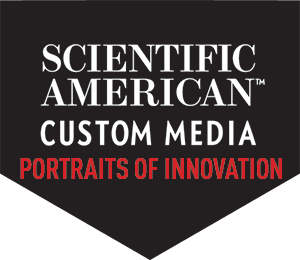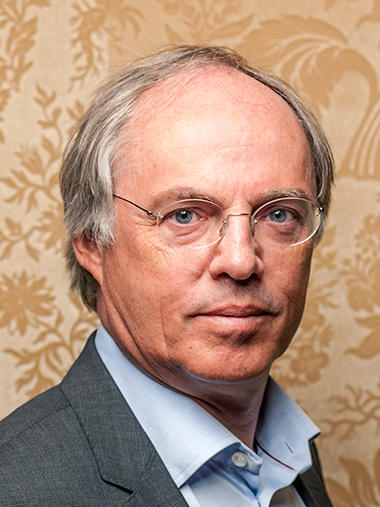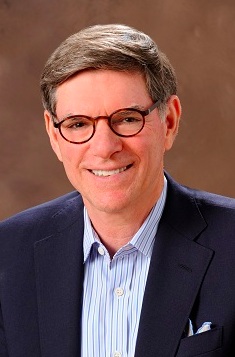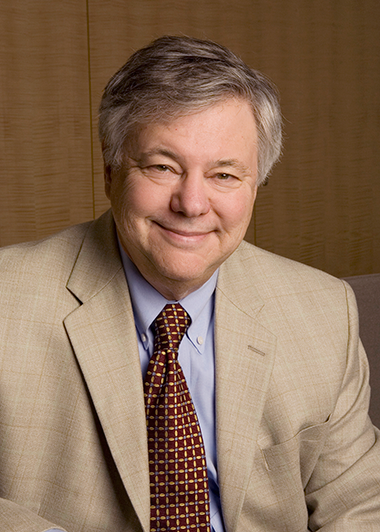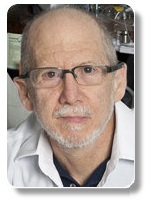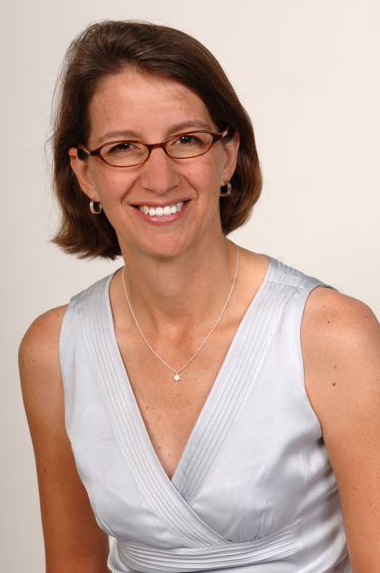HIS FOUR-YEAR-OLD SISTER DIED OF TUBERCULAR MENINGITIS…HER LOSS MADE HIM DECIDE TO DEVOTE HIS LIFE TO MEDICAL RESEARCH”
His father’s example undoubtedly shaped young Paul’s eventual career choice, but a tragedy inspired it more. When Paul was in high school, his four-year-old sister died of tubercular meningitis—a condition that was almost untreatable in that essentially pre-antibiotic time. Her loss made him decide to devote his life to medical research, as he often later explained.
Despite the Nazi occupation of Belgium during World War II, Janssen managed to enroll secretly at the Faculté Universitaire Notre Dame de la Paix in Namur, where he applied himself to learning chemistry, biology, and physics. He continued with medical studies at the Catholic University of Leuven in 1945. For six months in 1948 he traveled in the United States to tour current drug research facilities and to acquaint himself with then state-of-the-art procedures, then returned to Europe and the University of Ghent, from which he graduated with honors as a general medical practitioner in 1951.
Despite the Nazi occupation of Belgium during World War II, Janssen managed to enroll secretly at the Faculté Universitaire Notre Dame de la Paix in Namur, where he applied himself to learning chemistry, biology, and physics. He continued with medical studies at the Catholic University of Leuven in 1945. For six months in 1948 he traveled in the United States to tour current drug research facilities and to acquaint himself with then state-of-the-art procedures, then returned to Europe and the University of Ghent, from which he graduated with honors as a general medical practitioner in 1951.
Two years of obligatory military service then followed, during which Janssen still managed to work as an assistant in illustrious pharmacology laboratories at the University of Cologne and the University of Ghent.
In 1953 Janssen could have joined any number of research laboratories, but he was instead determined to start his own. A powerful idea had taken root in his thinking: that the chemical structures of compounds directly related to their physiological effects, and that by systematically modifying promising molecules one could efficiently find new, desirable synthetic drugs. The legendary Paul Ehrlich, the Nobel laureate inventor of treatments for syphilis and other diseases, had pioneered this medicinal chemistry approach decades previously but Janssen knew its promise had barely been scratched.
THINK LIKE A SCIENCE FICTION WRITER AND THEN USE YOUR SCIENTIFIC SKILLS TO REALIZE THAT FUTURE.”
Janssen drove himself to turn up new ideas no less relentlessly than he did his staff. Lewi and Smith recount that Janssen was constantly scanning pharmaceutical and chemistry journals, taking notes on what caught his attention and compiling these thoughts into an in-house newsletter. He also relentlessly followed up on his questions with colleagues around he world. “There was no place for scientists to hide and avoid exposure to the question ‘What’s new?’” Lewi and Smith recalled.
Throughout his lifetime, Janssen oversaw and directed the expansion of Janssen Pharmaceutica’s product line and activities. New initiatives of special relevance to health in developing nations pursued treatments relevant to parasitology, mycology, and neurology. Departments for veterinary medicine and plant protection were added in 1964 and 1972 respectively. These efforts yielded a host of drugs for combating parasitic worms, molds, diarrhea, nausea, and psychoses. A global network of subsidiaries grew up around the world, including a history-making facility in the Shaanxi province of China in 1985, which was the first Western pharmaceutical factory to be established there.
The Shaanxi factory led serendipitously to Janssen making an important contribution to the preservation of Chinese culture. Not far from where the Janssen factory was being built, archaeologists were uncovering the now famous “army” of terracotta soldier statues that had been sculpted to guard the 2,200-year-old mausoleum of the emperor Qin Shi Huang. When Janssen visited the site a decade later, he saw that statues were newly infested with mold that thrived in the heat and humidity. Janssen brought samples of the mold back to his laboratory in Beerse, where his researchers identified the fungi and developed water-based chemical sprays for eliminating it from terracotta. Those treatments helped to save the terracotta army, and went on to help conserve other important historical artifacts throughout China.
 Dr. Paul Stoffels is Executive Vice President, Chief Scientific Officer Johnson & Johnson. In this role, he works with R&D leaders across Johnson & Johnson to set the enterprise-wide innovation agenda and is a member of the Johnson & Johnson Executive Committee.
Dr. Paul Stoffels is Executive Vice President, Chief Scientific Officer Johnson & Johnson. In this role, he works with R&D leaders across Johnson & Johnson to set the enterprise-wide innovation agenda and is a member of the Johnson & Johnson Executive Committee.